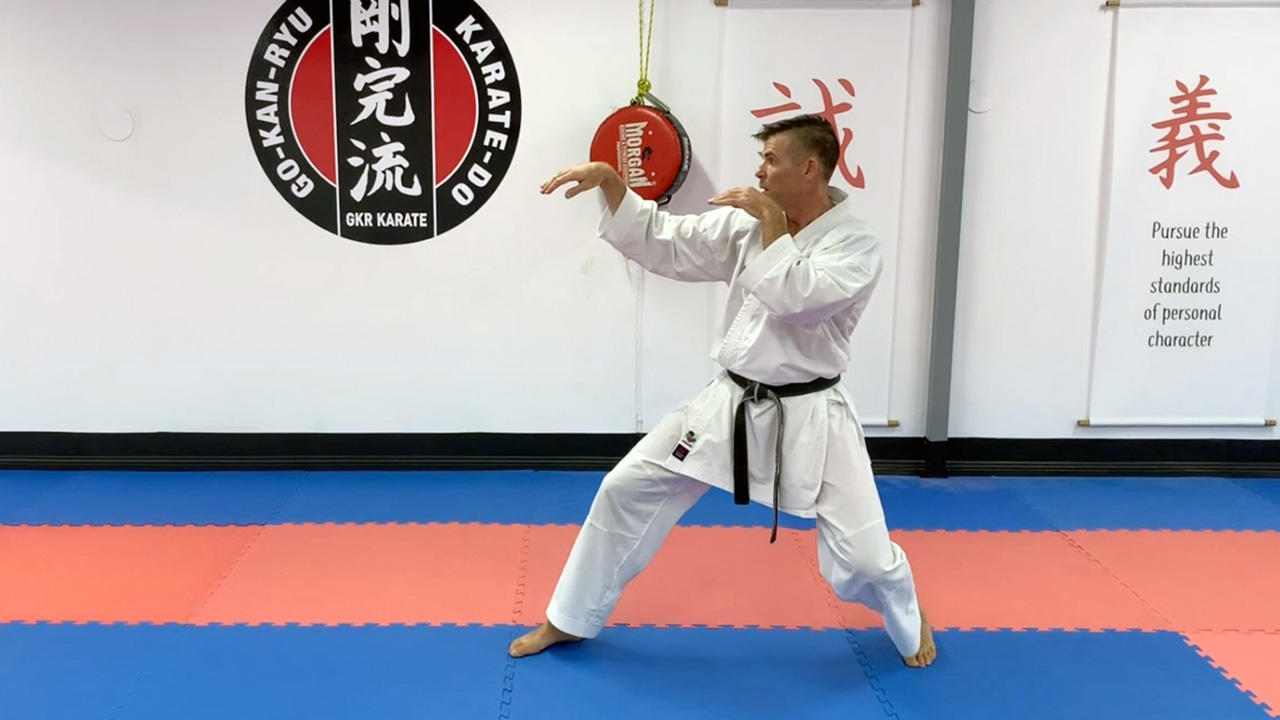opr1945
Black Belt
In reading about styles of Karate frequently animal names are applied to various styles, i.e. dragon, snake, tiger, leopard, crane, monkey, mantis, eagle, dog, deer, bear to name a few. I also found this in a different post by way of explanation:
"...as i have learned them the five animals are five different fighting strategies. Tigers are more direct using heaviness and grabs and breaks and frontal attacks more than the leopard which uses more angles of attack and quick shifts to generate power with less holding than a tiger would use. the crane uses evasion and disrupts the balance of its opponets..no frontal attacks no meeting force with force, the snake is of two types constictor and viper the constictor style of fighting will wrap limbs and use chokes, the viper works on attacking vital point and vulnerable areas. the dragon combines different aspects of the other animals and also moves around the opponent attacks different zones simultaneuosly."
This is in reference to Kenpo. Uechi Ryu uses dragon, tiger and crane styles.
It makes some sense except for dragon. As I understand history dragons, at least as pictured in Asian art, never existed. so how can a karate style mimick their fighting movements?
"...as i have learned them the five animals are five different fighting strategies. Tigers are more direct using heaviness and grabs and breaks and frontal attacks more than the leopard which uses more angles of attack and quick shifts to generate power with less holding than a tiger would use. the crane uses evasion and disrupts the balance of its opponets..no frontal attacks no meeting force with force, the snake is of two types constictor and viper the constictor style of fighting will wrap limbs and use chokes, the viper works on attacking vital point and vulnerable areas. the dragon combines different aspects of the other animals and also moves around the opponent attacks different zones simultaneuosly."
This is in reference to Kenpo. Uechi Ryu uses dragon, tiger and crane styles.
It makes some sense except for dragon. As I understand history dragons, at least as pictured in Asian art, never existed. so how can a karate style mimick their fighting movements?



